The Ultimate Tokyo City Guide
Tokyo is one of the biggest, safest and most culturally diverse cities on the planet. The capital of Japan is home to well over 30 million people, making it the most densely populated urban metropolitan area in the world! Just going by its sheer scale, it is pretty safe to assume that there is something for everyone here.
In this guide, we’re going to dive deep into everything there is to know about Tokyo, including the incredible food, places to stay, how to get around as well as a whole host of things to do.
The layout of Tokyo
Located along the eastern coast of Japan, Tokyo is split into 23 different areas (also known as “Ku”). Some of the more famous “areas” of Japan include:
- Shibuya (home to the busiest street crossing in the world)
- Shinjuku (home to the busiest train station in the world
- Akihabara (home of all things techy)
“Greater Tokyo” is also a prefecture, home to 26 additional cities as well as the 23 areas of the city of Tokyo. For the rest of this post, however, when I refer to Tokyo, I’m talking about the main city.
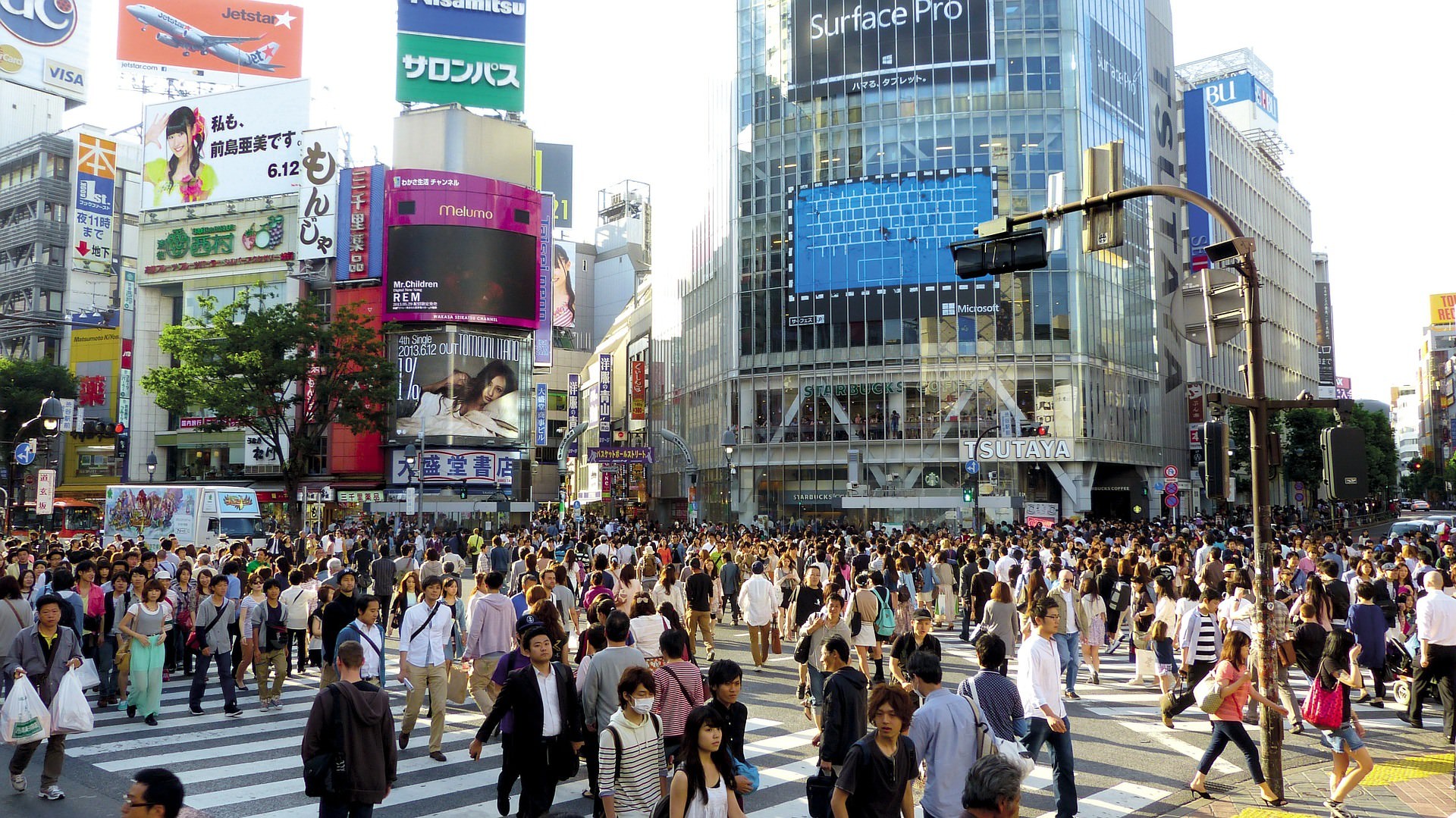
Tokyo accommodation
With Tokyo being as big as it is, inevitably, there is accommodation to suit any and everyone’s travel needs and desires. On the one hand, there are countless luxury five-star hotels for all you extravagant travellers.
On the flip side, there are plenty of budget hotels that are ideal for backpackers. They are generally very comfortable and are filled with a great, friendly atmosphere.
There are two other forms of accommodation that Japan and Tokyo are known for in particular: Capsule Hotels and Love Hotels.
Capsule hotels
This is another terrific option when it comes to accommodation in Tokyo. Capsule hotels are becoming more and more popular as they fulfil the budget needs and privacy requirements of their guests.
Sharing a similar atmosphere to hostels, capsule hotels are known for their individual, capsule-like beds.
They’re comfortable, cheap, and private, and most also have some communal areas — so they are a great way to meet fellow travellers.
Love hotels
Aimed more at “romantic” travellers, these establishments are among the unique forms of accommodation out there.
If you’re tired of staying in shared dorms or in rooms with paper-thin walls and are looking for some intimate privacy, one of these hotels might just be the place for you. Pick a room and choose from a number of cool themes, enjoy ultimate privacy, Jacuzzi tubs and complimentary contraception.
This form of accommodation will not be for everyone, but it just can’t be left out when talking about unique places to stay in Tokyo.

Food in Tokyo
There are more than enough restaurants in Tokyo for an entire lifetime (no, seriously, there actually are)! That being said, there are places that you just can’t pass up.
Ramen restaurants
Again, there are too many ramen restaurants to list all of the best ones here. Since you’re in Tokyo, Japan any ramen establishment is a pretty safe bet. If I were to recommend a particular place, it would have to be “Ichiran” in Shibuya.
“All-you-can-eat” restaurants
These places are amazing. You don’t pay for the food in the traditional sense. Instead, you pay for a certain time (usually between 90 minutes and two hours) and in that time, you can stuff your face with as much deliciousness as you can handle.
Shabu-Shabu restaurants
Shabu-shabu restaurants are similar to “all-you-can-eat” in that you pay for a designated time. It’s the food itself that is different. Shabu-shabu refers to meat, which you cook yourself at your table, served with an assortment of vegetables and dipping sauces. An authentic Japanese dining experience.
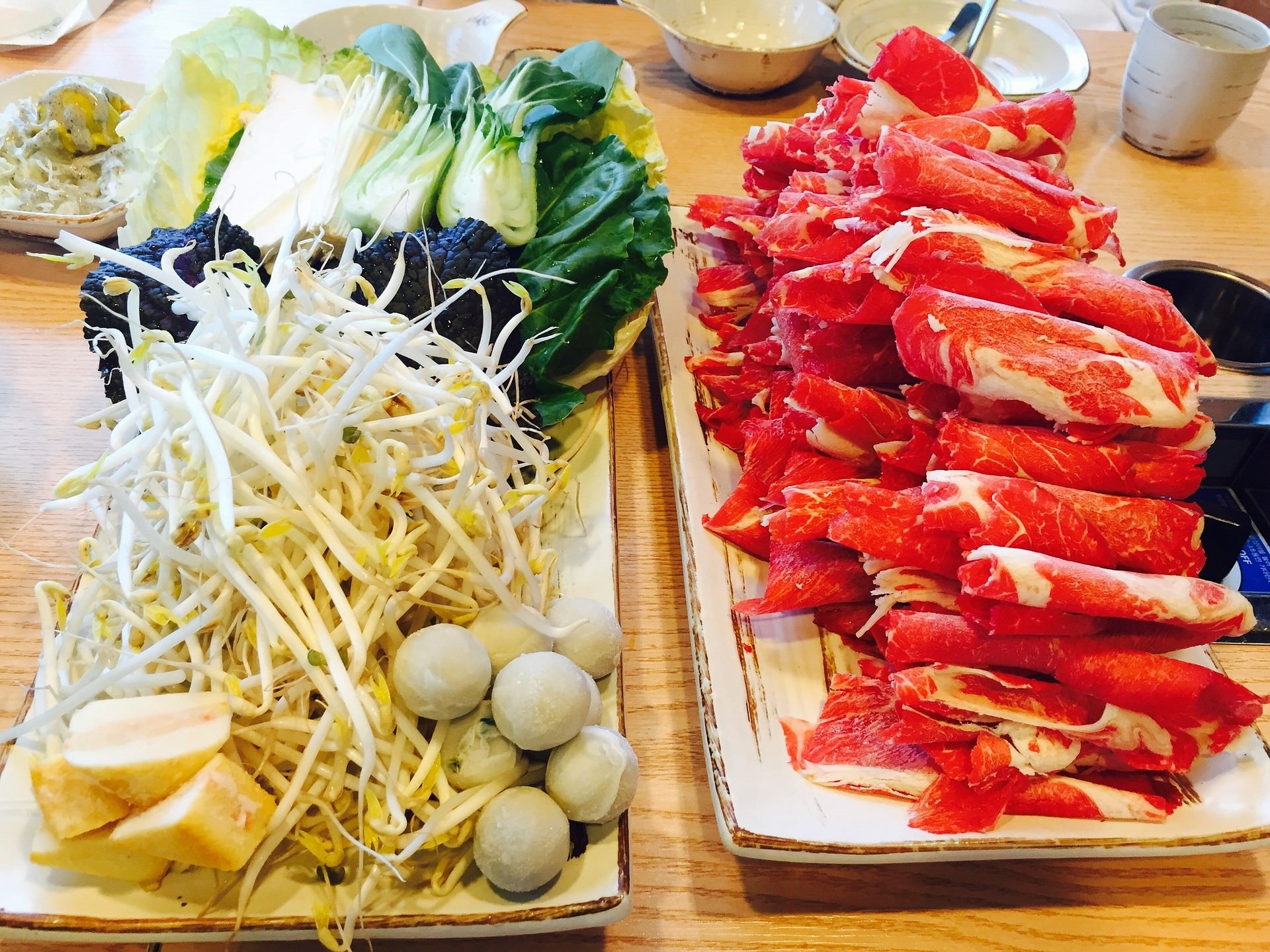
Specific dishes (and drinks) you should try
- Yakisoba: flavoured noodles with meat and/or vegetables.
- Ramen: noodles, served in a flavoured broth with various toppings.
- Udon: thicker, slippery noodles which can be served hot or cold.
- Sushi: everyone knows what sushi is, right?
- Tori no karaage (Japanese fried chicken): the tastiest fried chicken I’ve ever tried!
- Tonkatsu: fried pork cutlet, served with sweet, Japanese-style sauce.
- Tempura: deep fried fish or vegetables.
- Takoyaki: fried octopus balls.
- Gyoza: meat and vegetable filled dumpling. Can be either fried or steamed.
- Shabu-shabu: mentioned above.
- Kobe beef: famous for being among the best (and most expensive) beef in the world.
- Japanese beer: I recommend Asahi Super Dry.
- Japanese whiskey: officially named the best whiskey producer in the world (ahead of Scotland)!
- Sake: rice wine. Can be enjoyed hot or cold.
- Green tea: as common as water in most places! Not to mention, the health benefits of drinking it are crazy!
- Japanese pancakes: pancakes done the Japanese way!
How to get around Tokyo
Luckily for all you travellers, the transport system in Japan (Tokyo in particular) is next to flawless. Seriously, the average train delay is 18 seconds, and you will have no problem getting anywhere you want in the city.
While taxis are an option, I would advise using the trains as your main mode of transportation. They operate between 05:00 and 00:00 every day and they go everywhere in the city.
Also, you never have to worry about being late because the trains are basically never late anyway, and they operate very frequently (every few minutes).
It is worth noting that trains can become exceedingly busy at peak times of day, such as when everyone is going to/coming home from work.
If you’re staying in Tokyo for any more than just a few days, I would also recommend getting a Suica card or another transport pass.
A Suica card is a little card that you can top up with money and you can swipe it at train stations instead of buying a ticket. If you’re in a hurry or are just looking for a more convenient method for getting around the city, these cards can be life-savers.
One final note on transport: many Japanese people cycle so just be aware of this so that you don’t end up causing a collision on the pavement!
What to do in Tokyo
Tokyo has something for just about anyone, whether you’re on a tight budget, a tech/gadget lover, shopaholic, foodie or just a typical cultural, urban backpacker, you will not be short on activities.
Temples
There are tons of amazing temples spread throughout Japan and Tokyo is home to some of the very best.
The two I would label as “must visit” are the Senso-Ji Shrine in Asakusa and the Meiji Shrine in Harajuku. These are both free to enter.
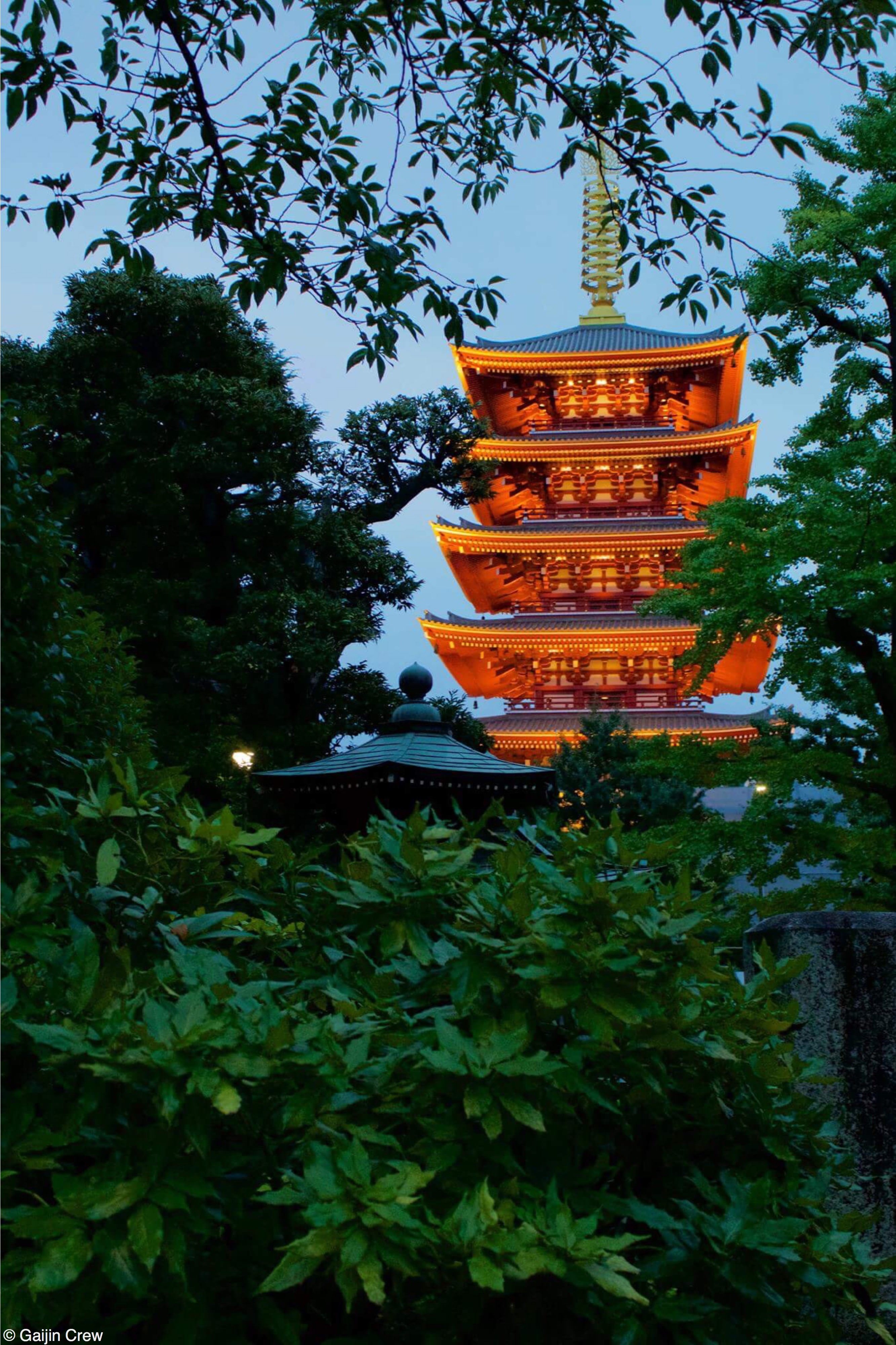
Shopping
Tokyo has some of the best shopping of any city, and nowhere is this more evident than at Takeshita Street in Harajuku.
This long (often packed) street is home to shops of all sorts, as well as amazing places to eat and some of the unique fashion trends. You will likely see plenty of people in what looks like fancy-dress.
In the surrounding area, there are also more traditional shops for a more regular experience.
Shibuya crossing
One of the more famous tourist sights in the city, Shibuya crossing is the busiest crossing in the world.
Many people come here just to take pictures right in the middle of the action or from the first floor of the Starbucks overlooking the crossing.
No trip to Tokyo is complete without experiencing this organised chaos!
The various towers of Tokyo
With Tokyo being one of the largest and most beautiful cities in the world, it can be amazing to view the city from above.
In Tokyo, you have three options to do so.
There is Tokyo Tower, Tokyo Skytree (the tallest and most well-known of the three) and the Government building which is actually free (calling all budget travellers)!
Tokyo Disney
Tokyo has not one, but two Disney parks, located next to one another. There is Disney Land which you can think of as the traditional Disney aimed primarily at younger kids and families.
There is also the lesser-known Disney Sea which is aimed at a slightly older audience.
Both make for a pretty awesome day out!
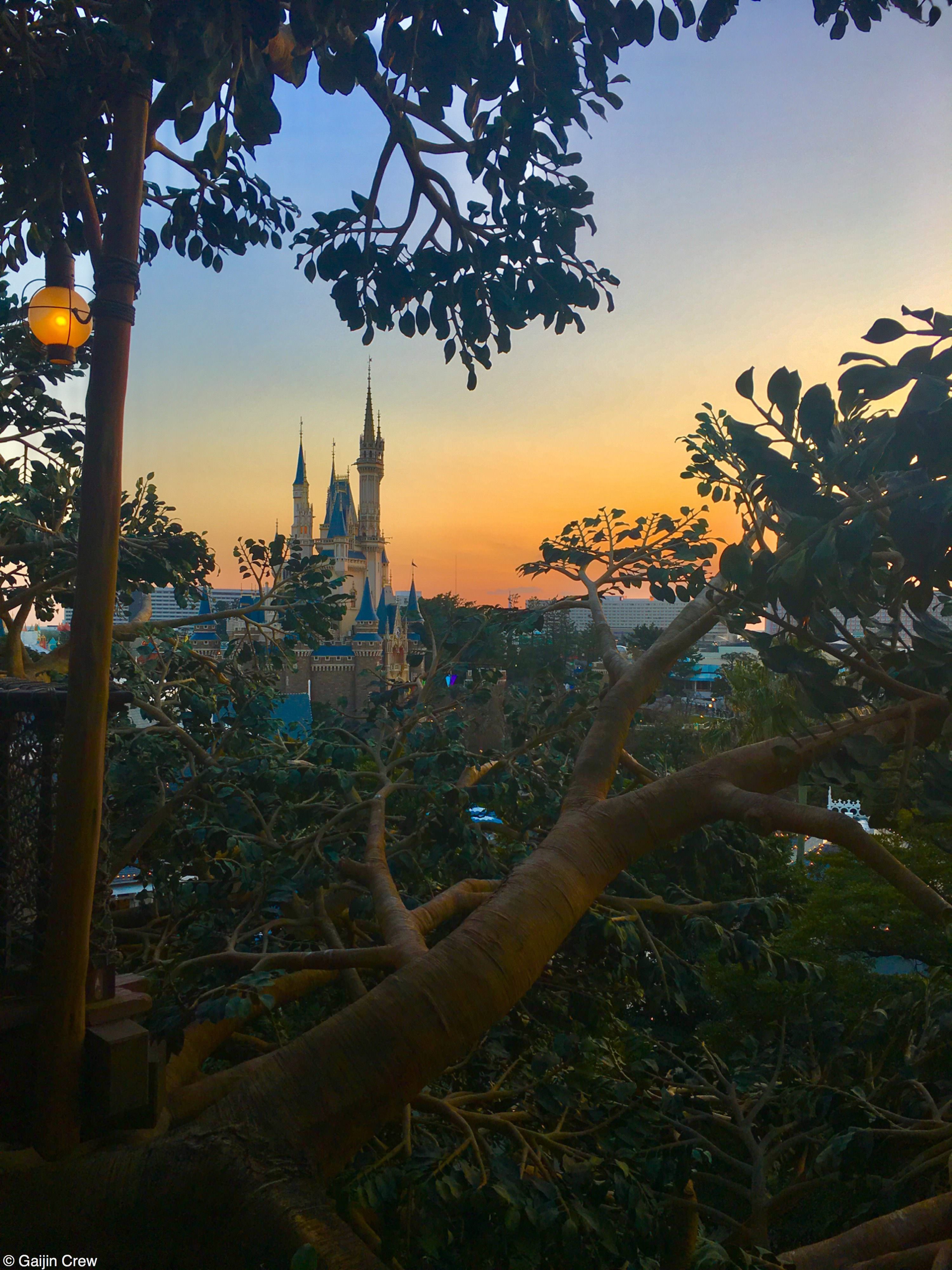
The Imperial Palace
This is the home of the beloved Emperor of Japan. The palace itself is surrounded by various other buildings as well as beautiful gardens.
To visit, you must pay and book in advance. However, the East Gardens are open to the public on certain days.
Akihabara
Known as the Electric City, Akihabara is a paradise for all tech lovers.
Even for those not so into tech and gadgets, it’s also very popular and well-known for manga and anime (two other big parts of Japanese culture).
Be sure to visit at night as well as during the day to witness the full effect of the bright lights.
Skiing
I bet you weren’t expecting this one!
While it may only be a seasonal activity, you can catch the bullet train directly from Tokyo to Gala, Yuzawa ski resort.
In exactly 75 minutes, you can go from the centre of Tokyo to the snow-capped mountains of Yuzawa, a beautiful, traditional Japanese ski town.
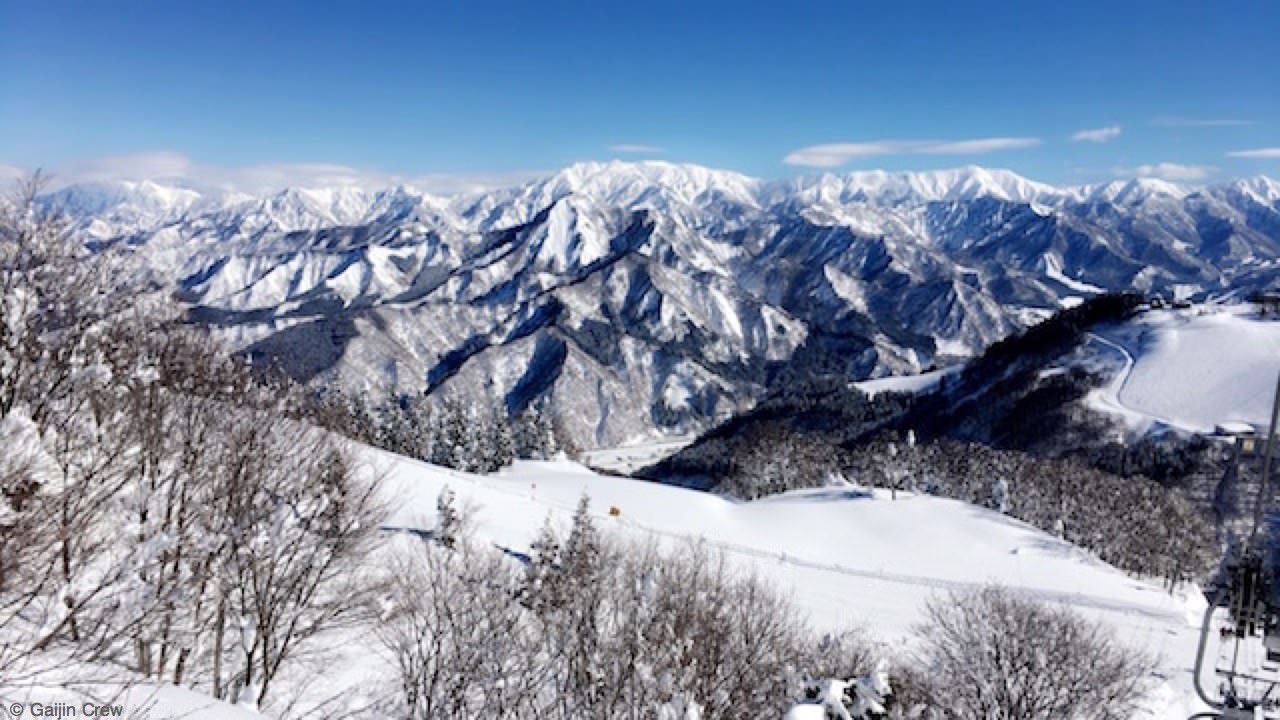
Where to next?
Tokyo is a city I think should be on everyone’s bucket list. It really does have everything including incredible culture, delicious food and an endless list of things to do.
Hopefully, this guide has given you a bit of insight into what Japan is like and the kind of things it offers. However, while Tokyo is the obvious starting point, it is far from the only place worth visiting in Japan. Be sure to also check out:
Kyoto and Osaka
The two most well-known cities after Tokyo. They are very close to each other so you can cover them both in a single trip.
Okinawa
The islands off the south coast of Japan. Come here for a different taste of Japanese culture as well as beautiful, tropical weather.
Hokkaido
Maybe you feel like heading to the northernmost island of Japan. It’s best to visit here in the winter as it is known all around the world for its insane skiing.


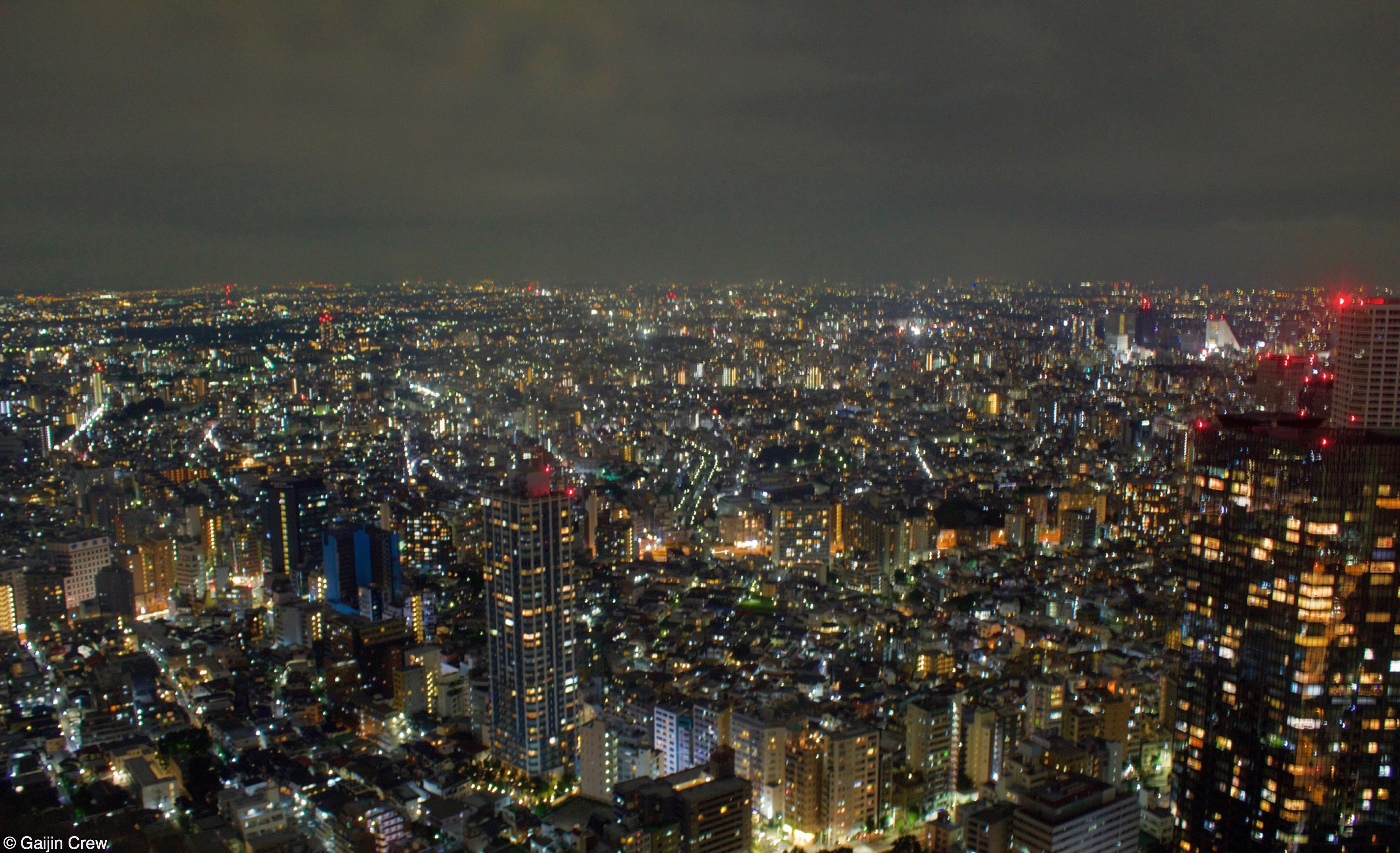
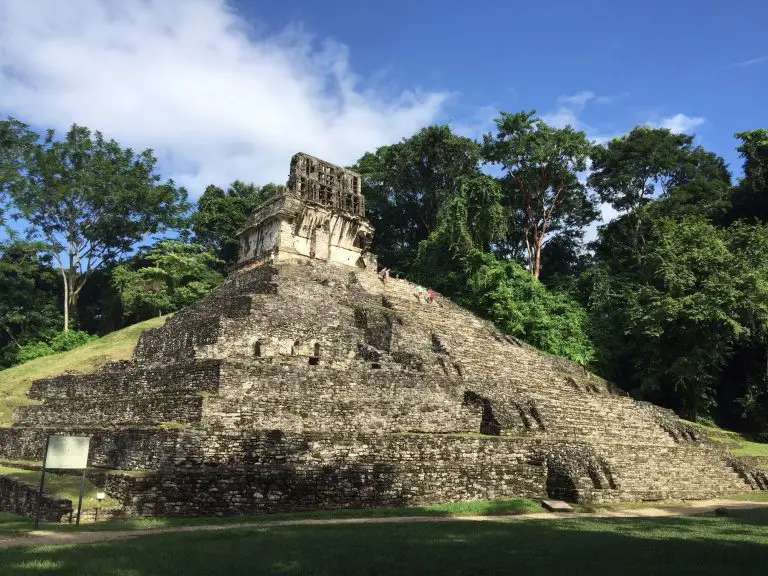

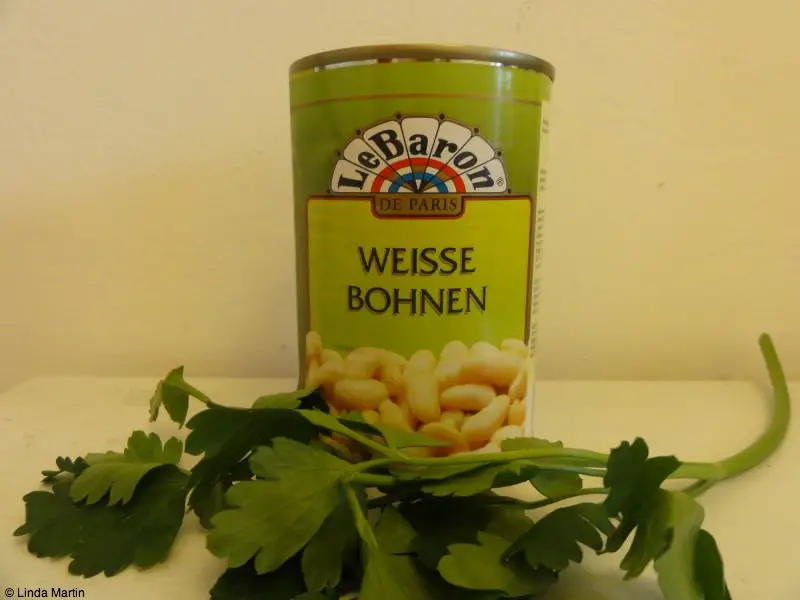
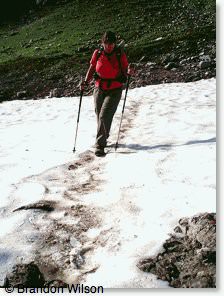
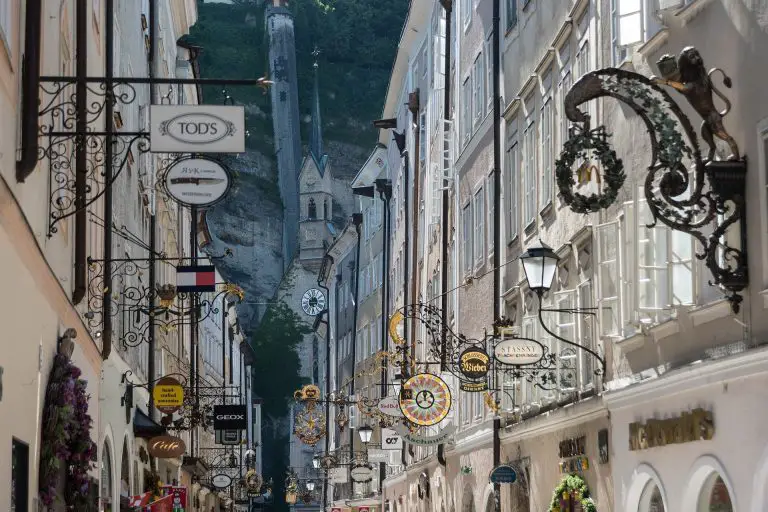
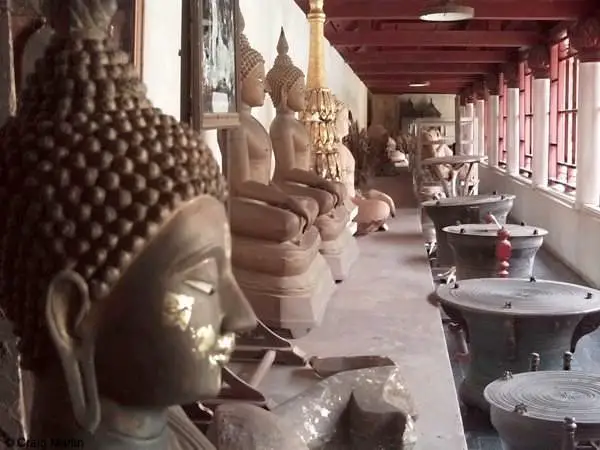
There’s definitely so much to do and see in Tokyo, from traditional culture to ultramodern structures.